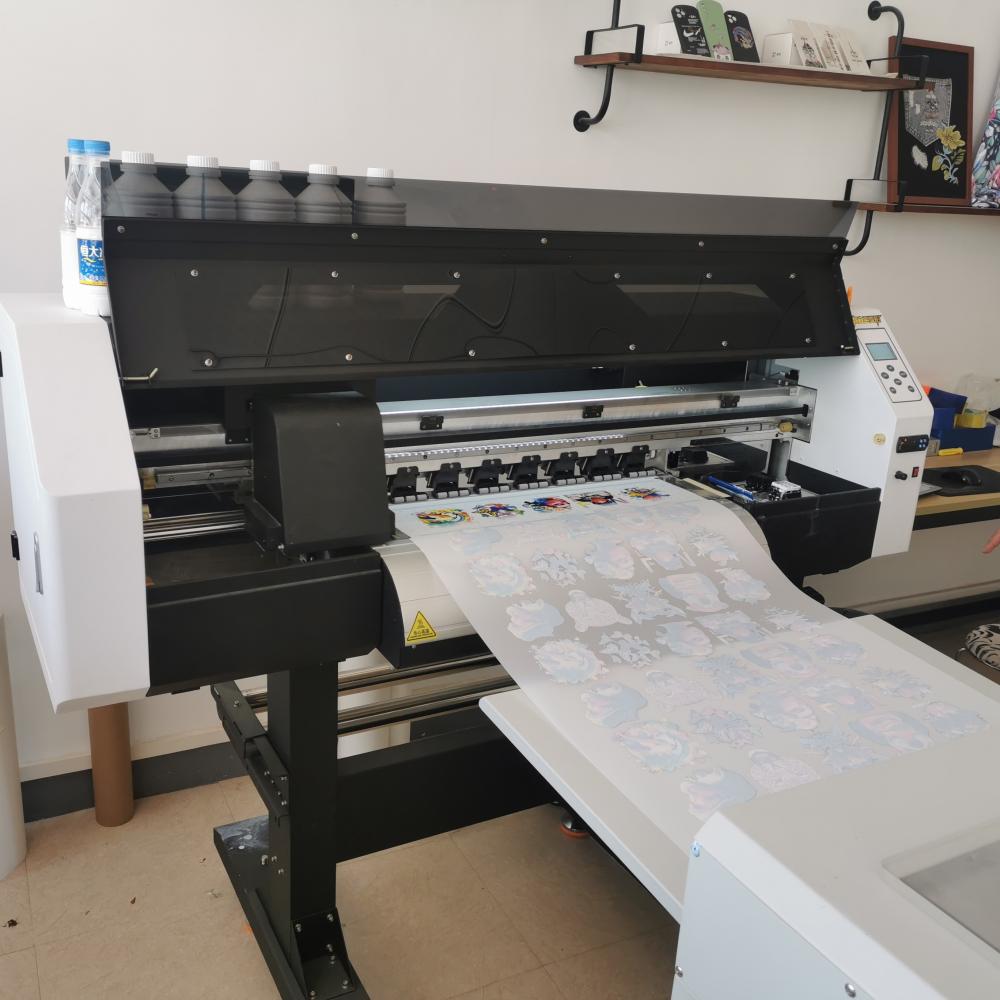The process begins with a DTF printer printing the digital design onto a specialized
DTF Film using special
DTF Ink that adheres to the film. After printing, the design is coated with hot melt adhesive powder that adheres to the ink. The powder film is then passed through a hot tunnel or under a heat press that melts and solidifies the binder powder, readying the DTF transfer film for application.
Here is a step-by-step breakdown of the DTF printing process:
Start by preparing your artwork for a transparent background at 300 dpi. You will also need to create a channel for the white layer.
You then deliver the artwork via RIP software. In addition to the software that usually comes with DTF machines, there are several alternatives available, such as Cadlink, Wasatch and Flexi.
Next, the artwork is printed onto clear PET release film using an inkjet printer and CMYK+W
Textile Pigment Ink.
After the printing stage, the film passes over a heated platen and enters a binder powder bath. The powder only adheres to the wet ink areas.
As the film moves toward the tunnel oven, any remaining powder in non-image areas is shaken off.
Inside the tunnel furnace, the ink solidifies and the binder powder melts. When cured correctly, this process creates a unique "orange peel" texture.
After leaving the oven, the film is cooled with the help of a fan and then rolled up for storage or transportation.
The pressing process is simple:
Place the transfer paper on the substrate you want to print on.
Press at desired temperature (usually between 275°F and 295°F for 10-15 seconds).
After cooling slightly, peel the film off the print and you're done.

